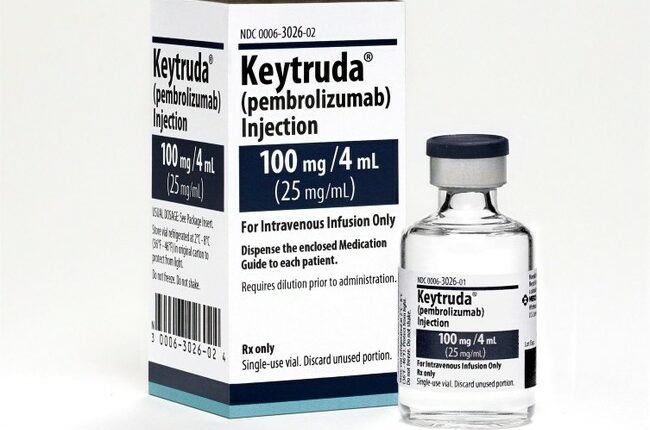Share this @internewscast.com

The health care system is crucial for America’s seniors, who heavily rely on it due to limited incomes, ongoing health issues, and the continuous expense of medications. They require availability of both advanced medical treatments and cost-effective generic drugs. This essential balance — between cutting-edge innovations and affordable alternatives — is maintained by our effective patent system.
Regrettably, some legislators are considering changes under the banner of “cost control” that may disrupt this vital balance. By targeting the patent protections that drive medical innovations, they risk undermining a system that has been effectively serving seniors nationwide.
The truth is that the United States is a global leader in pharmaceutical innovation, and this is not coincidental. This leadership stems from a system that rewards breakthroughs. Patents provide temporary exclusivity to drug developers who invest significantly, often spending more than $2.6 billion and over ten years on research and trials. This exclusivity period allows companies to recover their costs and fund future innovations. For seniors, this means having access to groundbreaking treatments for heart disease, cancer, Alzheimer’s, and more.
At the same time, this system ensures that once those patents expire, generic manufacturers can bring low-cost versions to market, often at a 90 percent discount or more. That’s the power of balance. The promise of innovation followed by affordability. Nearly 90 percent of all prescriptions filled today are generics, and it’s seniors who benefit most.
But Congress is now flirting with proposals that would weaken patent protections in the name of reducing drug prices — policies that may sound good in a headline but would backfire in the long run. Efforts to limit patents on “follow-on” improvements or tighten definitions of innovation could stifle the very kind of progress that gave us extended-release insulin, improved chemotherapy regimens, and inhalers that are easier to use. These aren’t copycats; they’re upgrades that improve quality of life — especially for older patients.
















